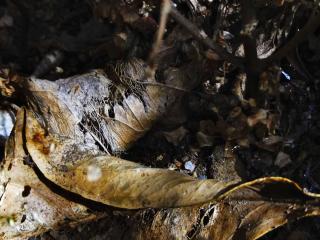

Prepare your own magic potions! Infusions, decoctions, fermented tea… take advantage of natural plant properties to easily prepare organic fertilizer and treatments at a very low price.
Some plants will help others to grow, fend off diseases or repel insects and pests. Famous in organic farmer circles, their active ingredients can be extracted in various manners. They are all easy to produce, organic and affordable.
As its name shows, this method is simply to let a plant infuse in boiling water. After a given time, it is filtered and then cut with water for spraying on plants.
An infusion prepared from garlic cloves can thus be used to prepare a repellent against aphids, snails, and the carrot fly…
Chamomile both fortifies plants and repels insects (against cabbage moth and aphids, just like absinthe).
A decoction prepared from garlic is a fungicide and an insecticide, absinthe helps fight against slugs, aphids, ants…
After having macerated the plant for 24 hours in cold water, boil the mixture for 20 minutes, filter it and then spray it directly.
 Maceration is one step to prepare fermented tea to spray on leaves or to add in water during the regular watering to stimulate the growth of the plant.
Maceration is one step to prepare fermented tea to spray on leaves or to add in water during the regular watering to stimulate the growth of the plant.
With high levels of nitrogen, fermented stinging nettle tea is a famous fertilizer. It also helps fight against downy mildew, tomato blight, powdery mildew and aphids.
Fermented horsetail tea has the same effect as a fungicide. With high levels of potassium, calcium and phosphorus, fermented comfrey tea makes for the ideal fertilizer for young plants (especially vulnerable seedlings), roses and fruit vegetables.
Garlic contains sulfur which is key to avoiding fungal diseases. Plant it at the foot of peach trees against leaf curl.
Coffee grounds are nitrogen-heavy fertilizer material as well, with plenty of minerals. It is very easy to use it to enrich the soil in your indoor pot arrangements and plants. You can also sprinkle it over an anthill to make its inhabitants flee to other lands.
Laure Hamann
Read also: